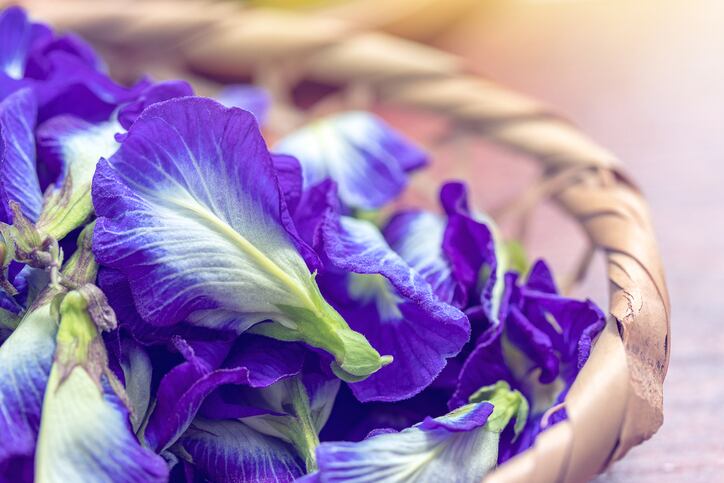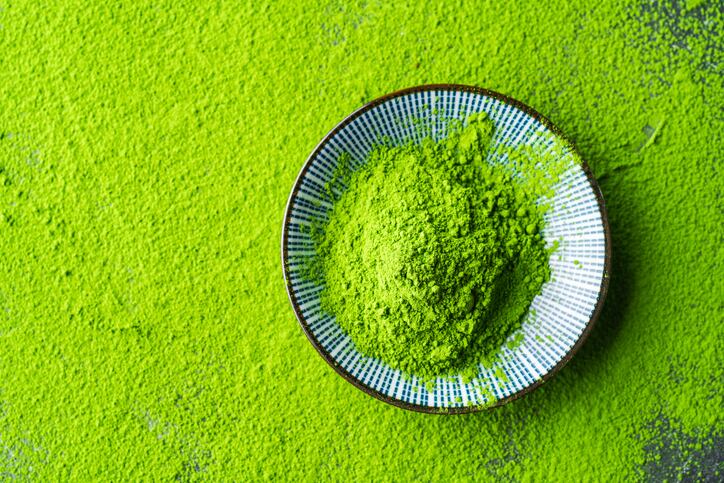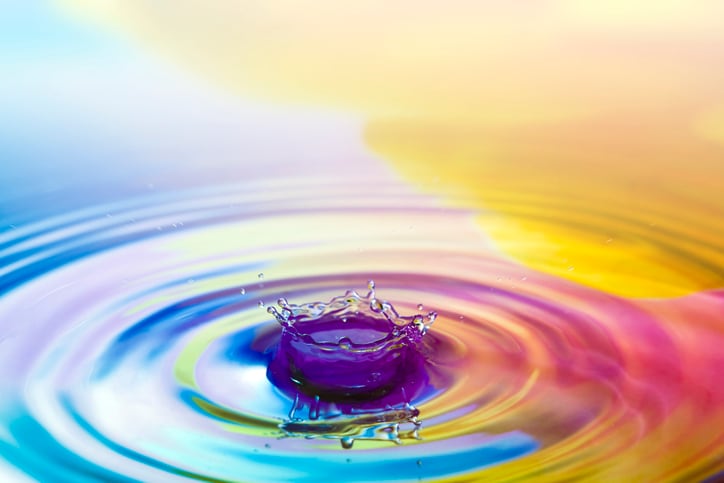Their top tips span the color spectrum, proving the point that creativity and customization is key when it comes to choosing color palettes for today’s drinks.
Red, orange and yellow palettes
Tropical and citrus cues are particularly important in beverage colors in 2022, says Brittany Jones, Senior Marketing Manager, Retail & QSR Engagements, Sensient Colors: offering a hint of something summery and exotic.
“Bright tropical hues from natural sources are trending and spanning across beverage categories from juices, energy drinks, sparkling waters, hard seltzers and fruit-flavored hydration beverages.
“The red family of colors like those bringing guava, dragon fruit and watermelon flavors to life are in high demand.
"Depending on the beverage system, some high-performing natural colors for the red family of colors are black carrot juice, purple sweet potato and lycopene like Sensient’s Watermelon Rose Lycopene which is an excellent option for high citric acid systems.
“Citrus shades such as oranges and yellows are also seeing an uptick as brands seek out bright hues for flavors like blood orange, papaya, lemon, pineapple, and starfruit.
"Nice clean orange and yellow hues can be achieved by beta-carotene colors, but if a food scientist is looking for bolder blood orange, a paprika extract like Sensient’s Pure-S Orange is an excellent option for a more vibrant sunset orange.”
But for those wanting to step away from the crowd, purple could offer a key point of contrast, says Jones.

“Natural purple colors like the palettes of acai and mangosteen provide beverage brands differentiation opportunities, as they are not as common on the market because of the rare availability of natural sources that exhibit purple hues in many beverage pH systems.
"However, Sensient’s butterfly pea flower extract, a new color additive recently approved by the FDA, creates the perfect purples in many beverage matrices and opens those purple doors for developers.”
Social media stardom with blue, green and pink
Color is important for visual impact: all the more important in an age of social media. That in turn influences trending colors, notes Jennifer Zhou, Senior Director of Product Marketing, North America, ADM.
“Beverage photos with the most social shares tend to have fun and vibrant colors like blue, green and purple," she said.
"Whether it’s blue latte art or ombre beverages with gradients shifting from blue to purple to pink, color creativity in beverages has never been more exciting.
“With vibrant flavors like taro and ube emerging onto the scene, purple is needed to create the flavor and color congruency consumers expect. Kiwi, green apple and even matcha benefit from authentic green hues to cue the taste experience of green-colored beverages.

“Our patented fruit juice blue, derived from the Amazonian huito fruit, allows us to bring a variety of bold hues to the table. Its acid-, light- and heat-stable properties are key in creating natural and adaptable colors, like earthy green, playful purple and rich brown, even in low-pH beverages.
“As more brands pivot away from the negative consumer perceptions of caramel brown, fruit juice blue and our other Colors from Nature help achieve the clean label brown coloring the industry is searching for.”
Abstract and broader color cues
For Maartje Hendrickx, Market Development Manager, GNT Group, the emphasis is on customization and matching color cues with the audience and occasion.
She encourages beverage developers to take the time to think about the message they want to convey and the consumers they want to target.
“In the modern market, we believe a one-size-fits-all solution to color is outdated,” she said.
“Different shades are used to convey different messages depending on the context and color ‘codes’ evolve all the time.
“For example, one emerging trend in the soft drink category is the use of more unusual, rich colors to showcase health-boosting ingredients in products such as juice shots, smoothies, and kefirs.
"Traditionally, colors in this territory were determined by the active, healing ingredient of a vegetable, spice or fruit, such as the orange pigment in carrots. We’re now moving toward more abstract and broader color cues that communicate natural landscapes and elemental nature together with visionary science.
“We recently launched our Power of Color research project to help brands understand how they can use color to connect with their target consumers. It not only offers insights into the latest market trends but also explores consumer motivations and psychology.”

